35+ SAMPLE Development Strategic Plan
-
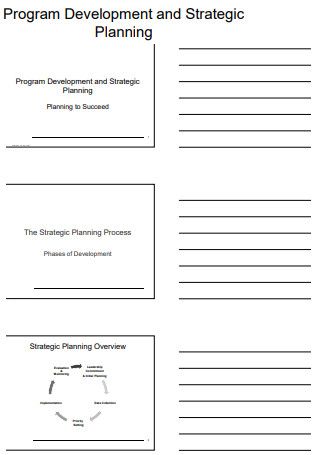
Program Development and Strategic Planning
download now -
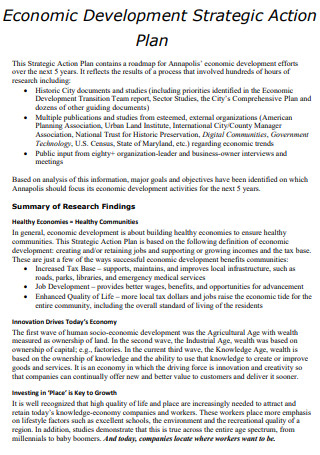
Economic Development Strategic Action Plan
download now -
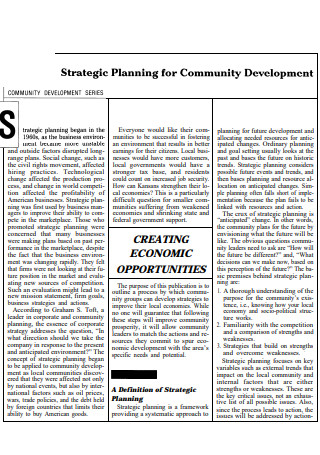
Community Development Strategic Plan
download now -
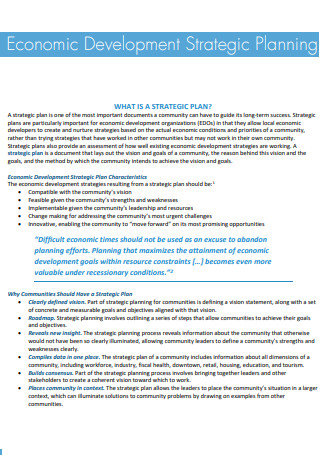
Economic Development Strategic Planning
download now -
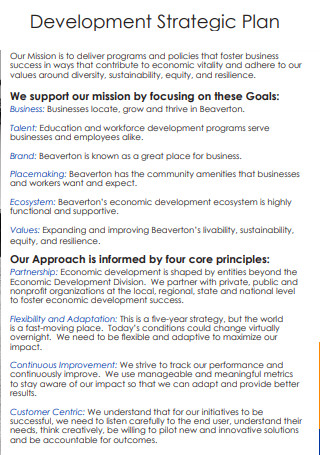
Sample Development Strategic Plan
download now -
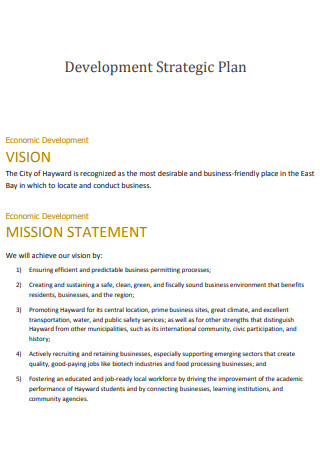
Basic Development Strategic Plan
download now -
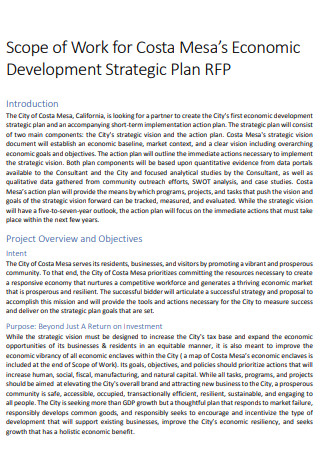
Scope of Work for Development Strategic Plan
download now -
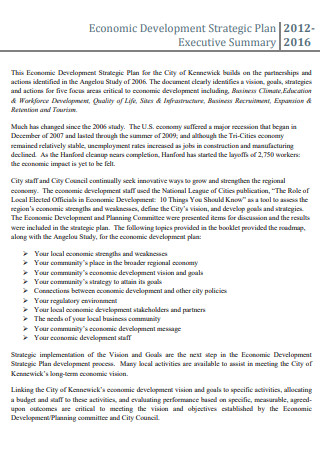
Development Strategic Plan Executive Summary
download now -

Organizational Development Strategic Plan
download now -
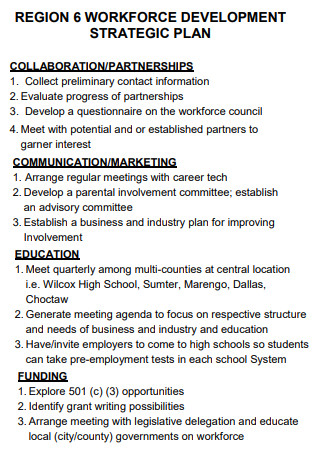
Workforce Development Strategic Plan
download now -
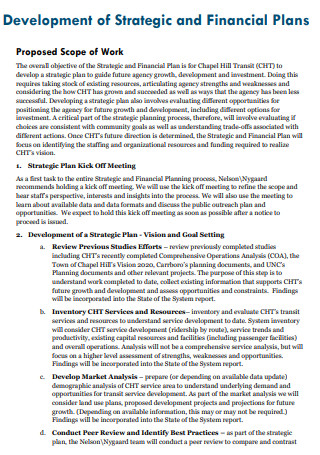
Development of Strategic and Financial Plan
download now -

Organizational Development for Water Utilities Strategic Plan
download now -
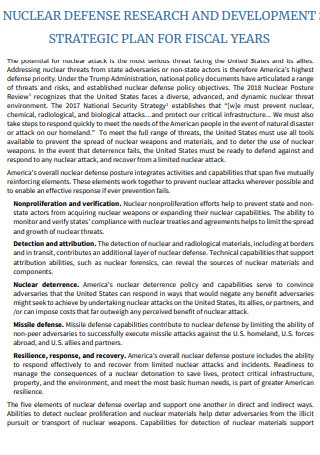
Nuclear Defense Research and Development Strategic Plan
download now -
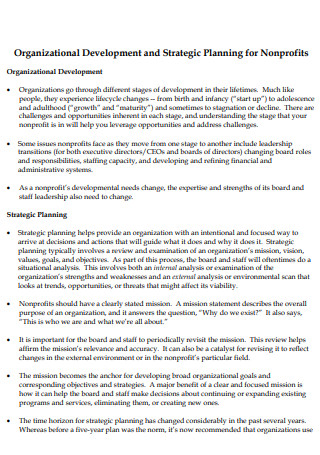
Organizational Development and Strategic Planning for Nonprofits
download now -

Office of Research and Development Strategic Plan
download now -
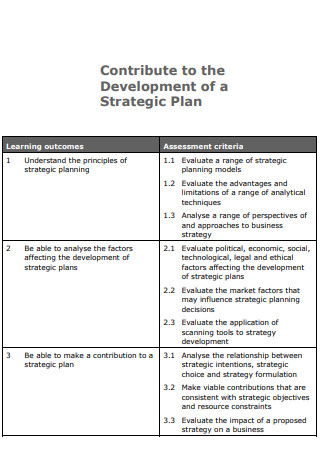
Contribute to the Development Strategic Plan
download now -
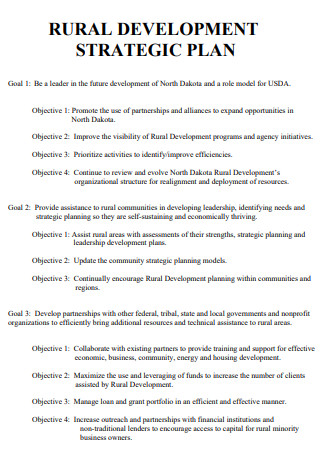
Rural Development Strategic Plan
download now -
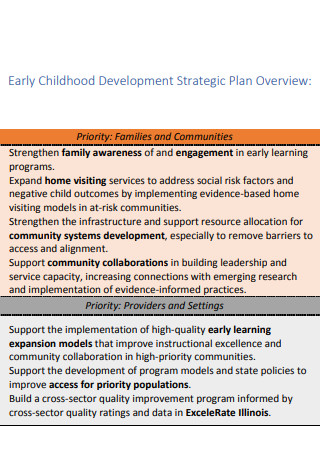
Early Childhood Development Strategic Plan
download now -
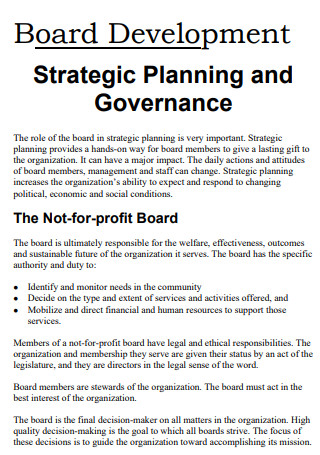
Board Development Strategic Plan
download now -
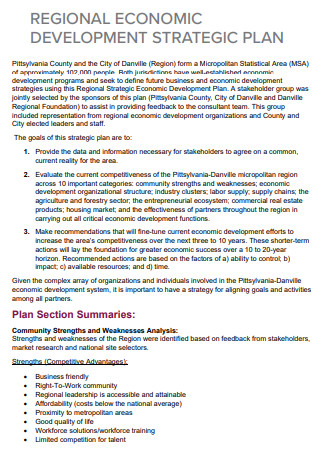
Regional Economic Development Strategic Plan
download now -
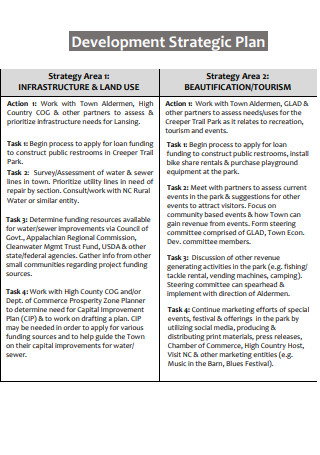
Formal Development Strategic Plan
download now -
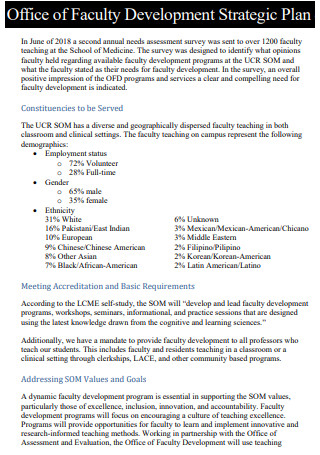
Office of Faculty Development Strategic Plan
download now -
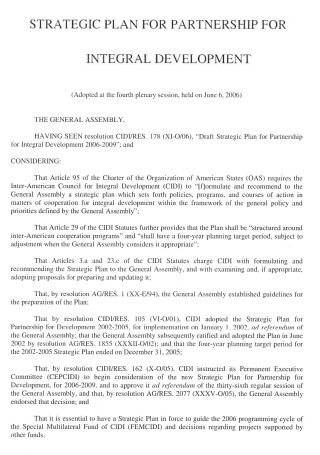
Internal Development Strategic Plan for Partnership
download now -
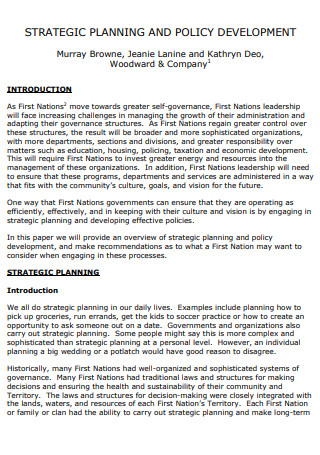
Policy Development Strategic Plan
download now -
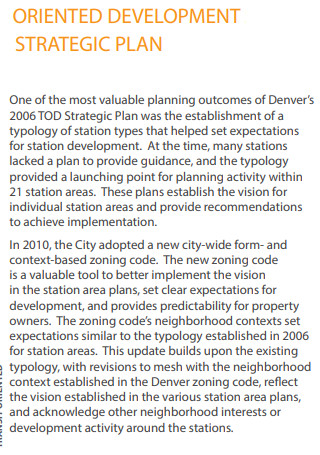
Oriented Development Strategic Plan
download now -
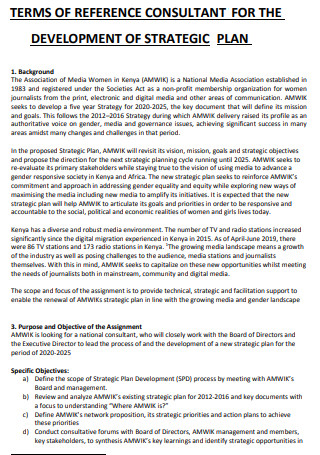
Reference Consultant for Development Strategic Plan
download now -
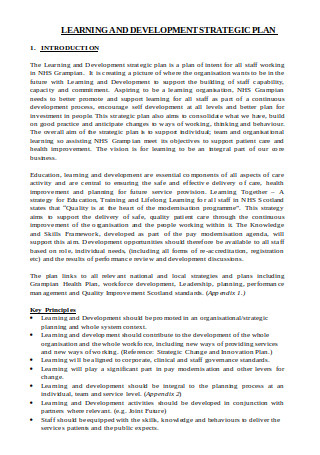
Learning And Development Strategic Plan
download now -
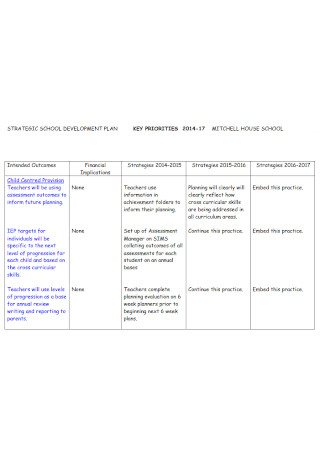
School Development Strategic Plan
download now -
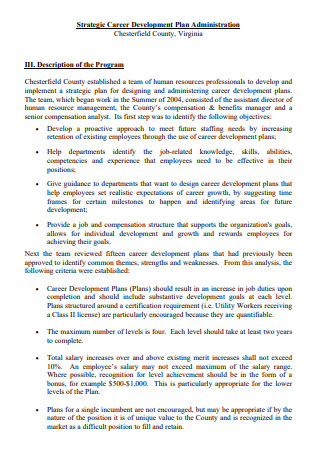
Career Development Strategic Plan
download now -
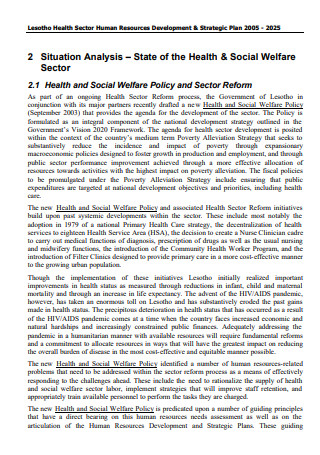
Human Resource Development Strategic Plan
download now -
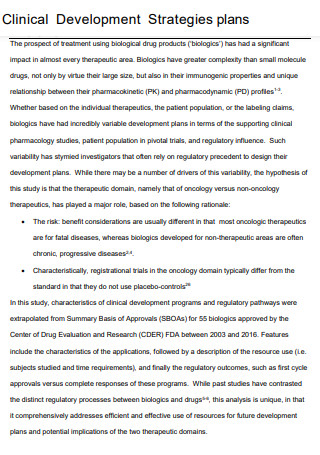
Clinical Development Strategic Plan
download now -
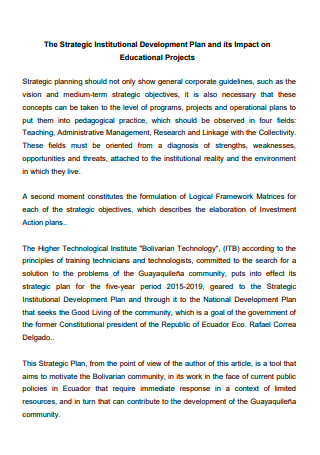
Instituitional Development Strategic Plan
download now -

Education And Early Development Strategic Plan
download now -

Social Development Sector Strategic Plan
download now -
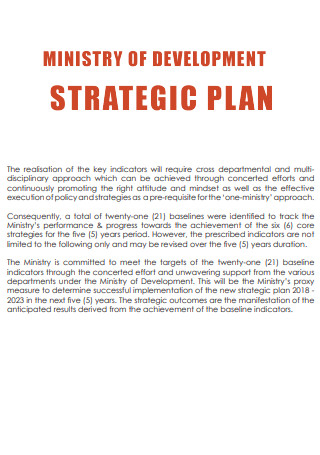
Ministry of Development Strategic Plan
download now -
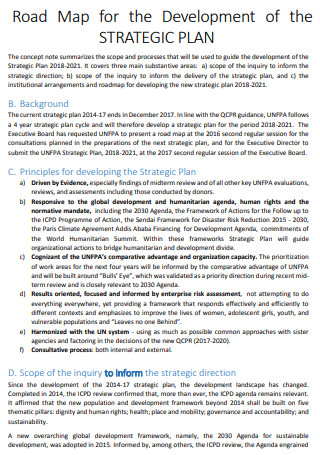
Road Map for the Development Strategic Plan
download now
FREE Development Strategic Plan s to Download
35+ SAMPLE Development Strategic Plan
What Is a Development Strategic Plan?
What’s Inside a Development Strategic Plan?
How to Create and Implement a Development Strategic Plan
FAQs
Is a strategic plan similar to a business plan?
Should a strategic plan have room for changes?
How do organizations implement a strategic plan for an uncertain future?
What Is a Development Strategic Plan?
Before we define what this document is all about, what does strategic development entail? To put it simply, a company’s strategy development is its blueprint for achieving steady growth. This strategy offers specific statistics and objectives that outline how a team intends to achieve each of the goals they’ve established for the company’s growth and success. When it comes to businesses establishing a strategy for growth and success, strategic planning and development may be a valuable tool since it helps them to reevaluate their approach to operations and guarantees that they are constantly operating at maximum performance, hereby ensuring maximum chances of success.
Strategic development and strategic planning are some of the key factors of a company’s development and success, and them having a development strategic plan at its disposal is a great first step. This type of document is created by a company or an organization and defines the changes that must be implemented as well as the activities that must be taken to make the institution more efficient and responsive to stakeholders, which may have a significant impact on its growth and success. This document is a tool for determining a company’s long-term development goals and then determining the best ways to achieve those goals. Making decisions in a company may be difficult, which is why creating a plan of action and seeing it through can be a powerful operation, and this document gives them a foundation to build on. It should be noted, however, that while the process of creating this document may be brief, the actual process of strategic planning can take a very long time.
What’s Inside a Development Strategic Plan?
Here are the key components that make up an effective development strategic plan; It should be noted that they are based on the most important elements of strategic planning.
How to Create and Implement a Development Strategic Plan
Here are the important steps that should be followed when creating and implementing a development strategic plan; The overall gist of these steps is that the document should be able to identify an institution’s long-term goals for development and how it intends to achieve the said goals.
1. Develop the mission and vision statement
The first step in creating this document would be to develop the mission and vision statement along with the core values of the organization. The first thing that needs to be done would be the vision statement, which serves to give a quick overview of how the organization will grow in the future. After developing the vision statement, the mission statement then comes next, which serves to inform others outside the organization about what it truly accomplishes and should also demonstrate who the institution is and where they want to go. After both statements, the core values section is then written next, which are the critical concepts that must guide everyone involved in the organization in both short-term and long-term decision-making.
2. Perform a needs assessment
After developing the mission and vision statement along with the core values, the next step to be done would be performing a needs assessment, which is also known as a baseline analysis. A needs assessment is a type of assessment that may provide significant insights into the organization’s activities or procedures in order to measure efficiency. It may be used as part of a planning process to identify areas for improvement. In order to make educated judgments, the organization must acquire information early in the requirements assessment process. After assessing its current position, the organization may decide where it wants to go and how it intends to get there.
3. Formulate the Strategic Objectives
After performing a needs assessment to determine the goals of the organization and the methodology needed to achieve it, this step then follows. Strategic planning and decision-making procedures should culminate in strategic objectives as well as a road map for achieving those objectives. The strategic objectives of an organization’s growth plan should comprise a set of targets to be met over a specific time period. To guarantee that these objectives are met, it is vital to identify a set of actions to be carried out (which are the strategic objectives), clarify who is accountable for each activity, and develop realistic delivery deadlines.
4. Implementation, Monitoring and Evaluation
After formulating the strategic objectives of the development strategic plan, it’s time to implement, monitor and perform and evaluation the said document. It is critical to include the appropriate personnel in the development plan’s implementation. It is well known that plans are strikingly similar in terms of who is engaged in putting them into action. The most crucial employees are better qualified for having responsibility for key tasks in accomplishing the critical objectives of the development strategy plan. It is also vital to monitor the strategic plan’s progress during its execution. In addition to regular monitoring, lengthier evaluations are required to verify the strategic development plan’s relevance and coherence over time.
5. Re-adaptation
After implementing the development strategic plan, monitoring its progress, and performing an evaluation of the plan’s relevance and coherence, it’s time to proceed to this step, which also serves as the last. A reorientation or revision of an organization’s development strategy plan may be required if significant changes occur in the company for one cause or another, which may modify the initial implementation methods of the stated development strategic plan. Re-adaptability is an important component in a successful development strategy plan because it demonstrates that the plan is flexible and can be updated to accommodate changes that occur throughout its execution.
FAQs
Is a strategic plan similar to a business plan?
A strategic plan is not the same as a business plan since a business plan explains how the organization operates on a daily basis, and is also required for a new business or initiative to explain to bankers, investors, or partners how and when the company intends to generate a return and profit. A strategic plan, on the other hand, only explains a firm’s future goals and an action plan to go from the present state to the desired future state.
Should a strategic plan have room for changes?
Yes, a strategic plan should have ample room for adaptability/changes. In fact, this characteristic is what makes a good and effective strategic plan. But why is adaptability required? This is because changes in company demands may occur throughout the implementation of the strategic plan owing to a variety of causes such as economic situations, industry developments, or consumer feedback. As a result, areas must be defined throughout the strategy that may need to be updated if necessary.
How do organizations implement a strategic plan for an uncertain future?
Since the future is unknown, planning is required. Organizations typically have sufficient data to build realistic plans concerning the key upcoming market and technological developments. Thinking about the future with the team can assist the company in preparing for and identifying possibilities in change, as well as building an organization that can endure and even thrives when the unforeseen occurs, rather than merely reacting to events or, worse, failing to act at all.
Strategy development can be a complex, tedious and time-consuming process, and sometimes, tensions can boil over among team members throughout the course of strategy development. An effective development strategic plan can be key to alleviating some of the worries and streamlining the entire process of strategic development since this can be a valuable tool for an organization’s development. Should you require further understanding or help when creating this document, there are plenty of sample templates that exist in this article that can be of great help.
